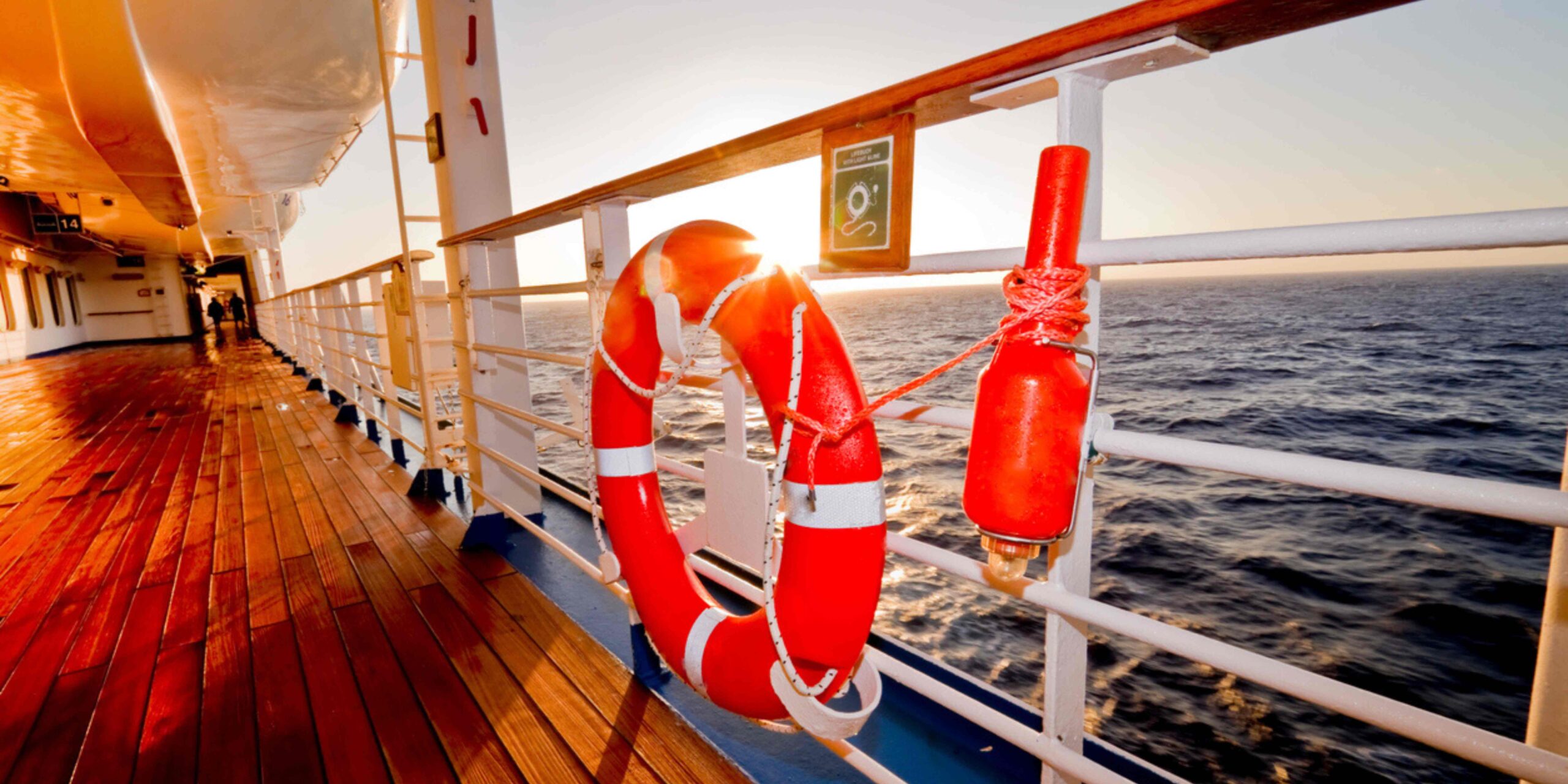STCW’S / OMI Courses

Sailing Safely: An Extensive Overview of STCW Courses for Aspiring Cruise Ship Applicants
Introduction:
Embarking on a career in the cruise industry demands not only a passion for travel but also a commitment to safety and professionalism. The Standards of Training, Certification, and Watchkeeping (STCW) courses play a pivotal role in ensuring that cruise ship applicants are well-prepared for the challenges of maritime life. In this comprehensive guide, we will explore the key STCW courses required for those aspiring to join the vibrant world of cruise ships.
1. Basic Safety Training (BST):
- Objective: To provide fundamental knowledge and practical training in personal survival techniques, fire prevention and firefighting, elementary first aid, and personal safety and social responsibilities.
- Importance: Essential for all seafarers, ensuring a basic understanding of emergency procedures and the ability to respond effectively to onboard incidents.
2. Personal Survival Techniques (PST):
- Objective: Focuses on equipping candidates with the skills needed to survive at sea in the event of ship abandonment.
- Key Components: Lifeboat launching, use of lifejackets, and practical exercises in a pool or controlled environment.
3. Fire Prevention and Firefighting (FPFF):
- Objective: Teaches participants the principles of fire prevention and the basics of responding to onboard fires.
- Key Components: Fire prevention measures, firefighting equipment usage, and live firefighting exercises.
4. Elementary First Aid (EFA):
- Objective: Provides fundamental knowledge and practical skills in dealing with medical emergencies onboard.
- Key Components: Basic life support, wound care, and responding to various medical situations.
5. Personal Safety and Social Responsibilities (PSSR):
- Objective: Focuses on personal safety, communication, teamwork, and the understanding of the importance of human relationships on board.
- Key Components: Emergency procedures, shipboard communication, and the promotion of a safety culture.
6. Crowd Management Training:
- Objective: Essential for those responsible for mustering and controlling passengers in emergency situations.
- Key Components: Techniques for managing crowds during emergencies, effective communication, and coordination.
7. Security Awareness Training for Seafarers with Designated Security Duties:
- Objective: Addresses security responsibilities in accordance with the International Ship and Port Facility Security (ISPS) Code.
- Key Components: Threat identification, security measures, and response protocols.
8. Medical First Aid:
- Objective: Builds on elementary first aid knowledge, focusing on medical care beyond basic measures.
- Key Components: Diagnosis and treatment of common medical conditions, understanding medical equipment.
9. Survival Craft and Rescue Boats Other Than Fast Rescue Boats (PSCRB):
- Objective: Teaches the operation and handling of survival craft and rescue boats.
- Key Components: Launching and recovery procedures, operation of rescue boats, and navigation skills.
10. Advanced Firefighting (AFF):
- Objective: Provides advanced skills in combating and managing shipboard fires.
- Key Components: Advanced firefighting techniques, command and control, and coordination during complex firefighting scenarios.
